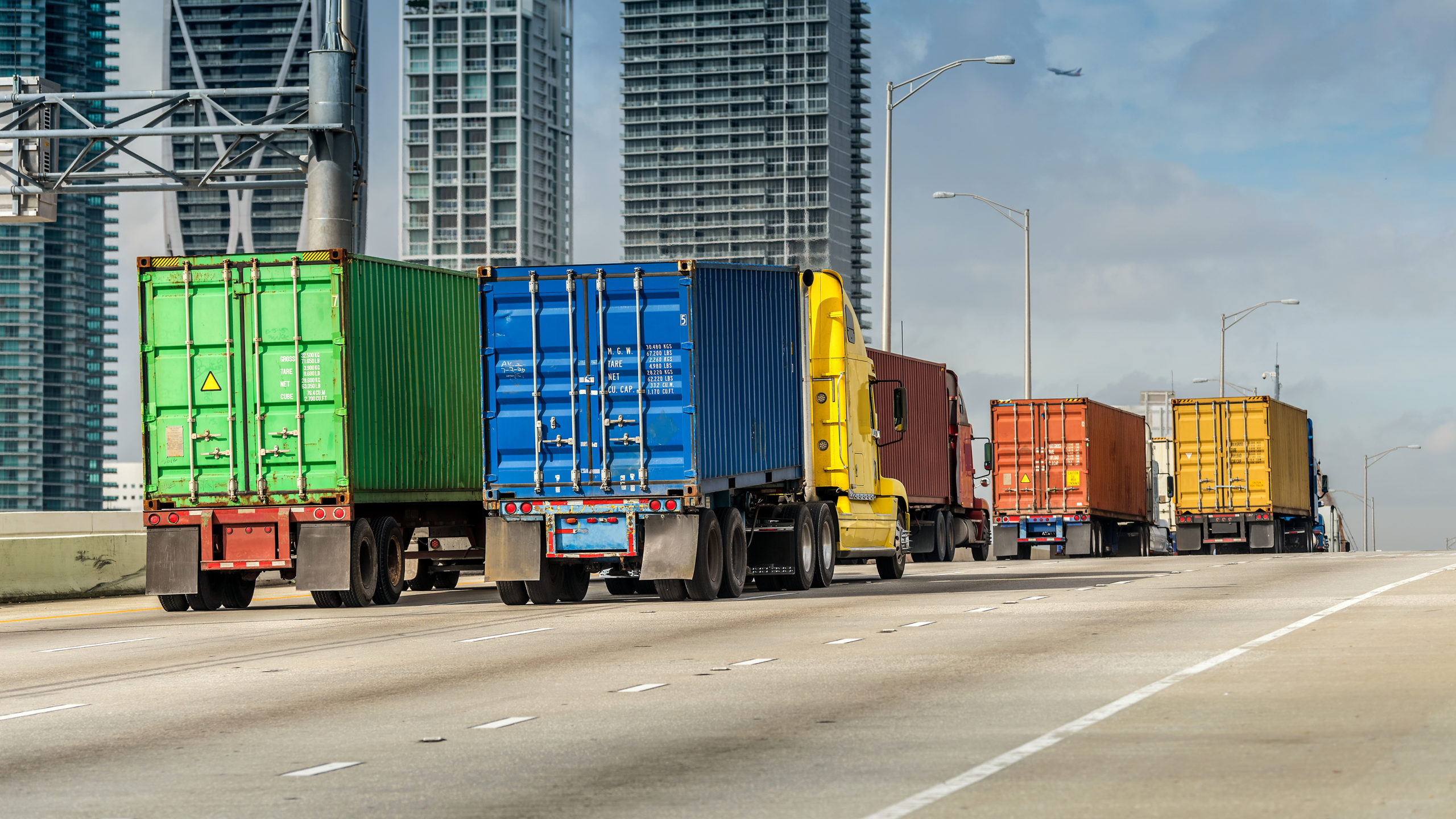
1. Freight Movement
Make informed decisions about your region’s infrastructure and freight network. Access aggregated commercial vehicle insights that can be analyzed easily and merged with existing datasets.
Break down commercial freight data by vehicle type, class and industry to establish the most common users of your transportation networks – then see how this vehicle behavior fits within the wider context of the region, and examine where they may be creating inefficiencies within the network.
Gain insight into the roads frequently traveled between origins and destinations.

2. Route Analytics
Supplement your freight movement volume analysis with a clear and real-time picture of the routes vehicles are using to get to and from their destinations.

3. Long haul parking planning
Analyze last-mile and curbside delivery activity across your region of responsibility. Then find where commercial vehicles cause high traffic density and uncover issues like bottlenecks and safety concerns caused by commercial vehicle parking.
Spot similar patterns emerging and take action before they compromise other transportation corridors.

4. Freight bottlenecks
See what types of vehicles and the industries they serve are causing longer than average dwell times.
Quickly identify newly congested corridors to better understand travel times, speeds and average number of stops. Explore how vehicles interact with journey corridors, including intersections and on-ramps.
Find out where inefficiencies are causing drops in supply chain performance and suffering from bottlenecks. Address these specific areas to unblock corridors and better connect municipalities to commercial activity.









